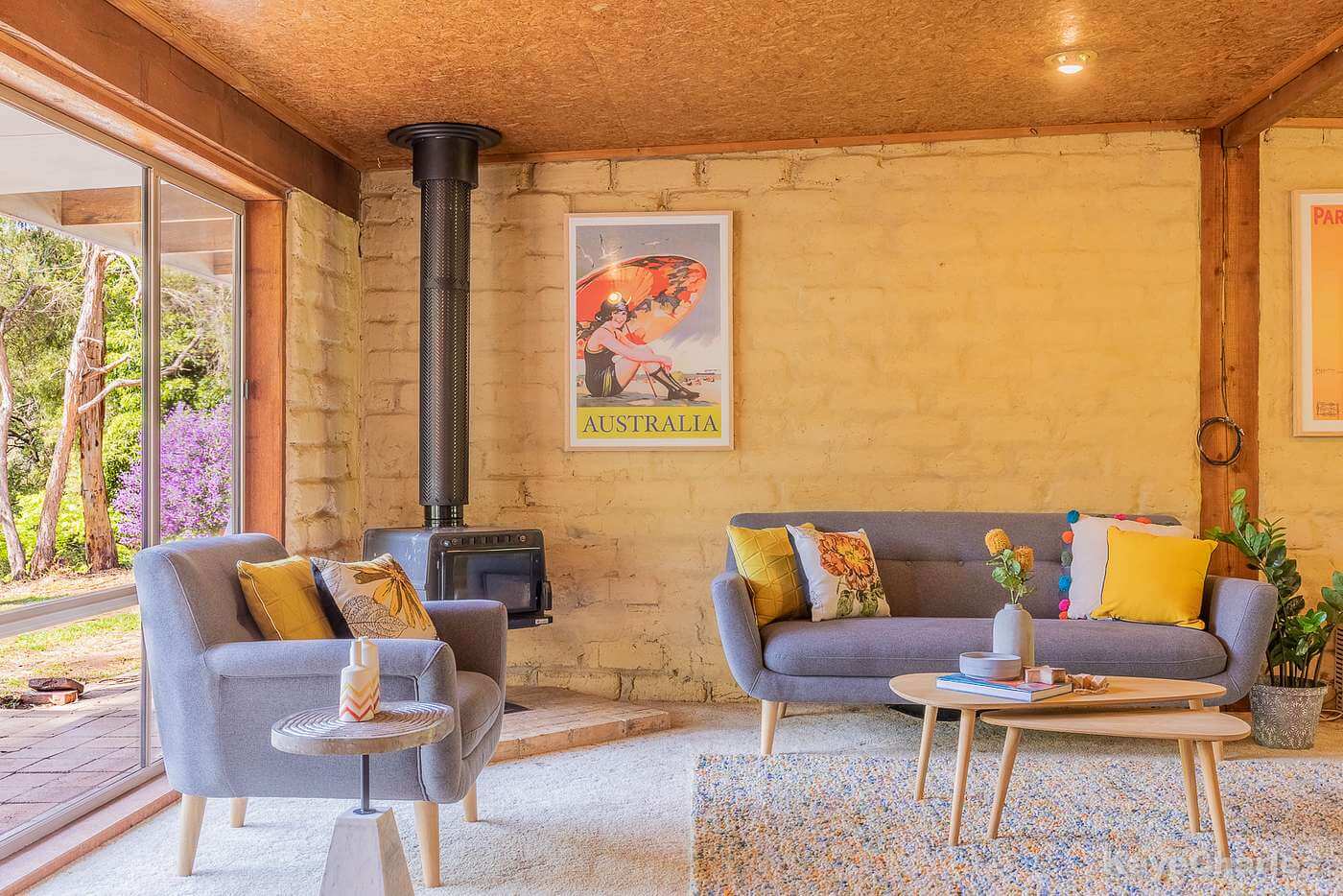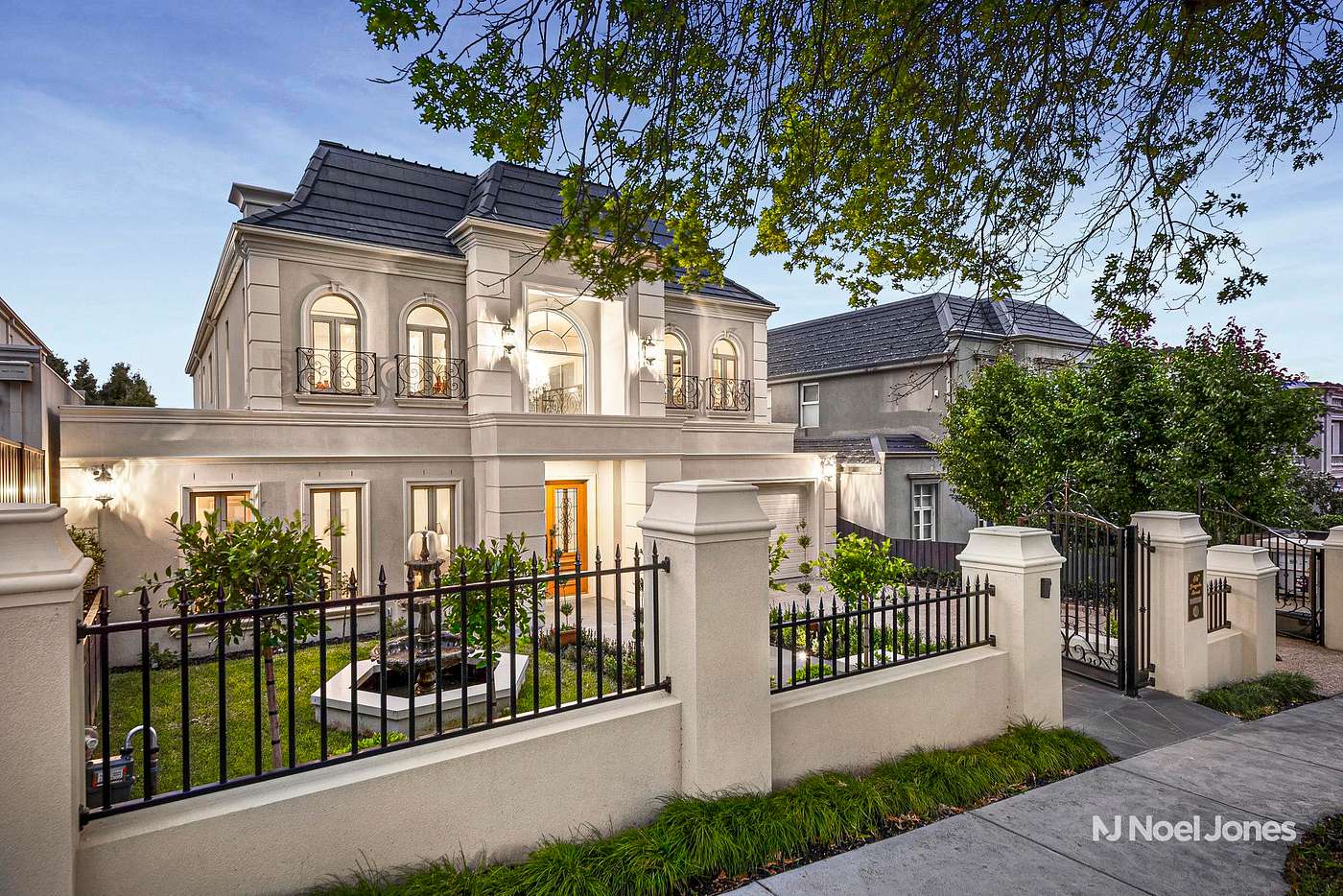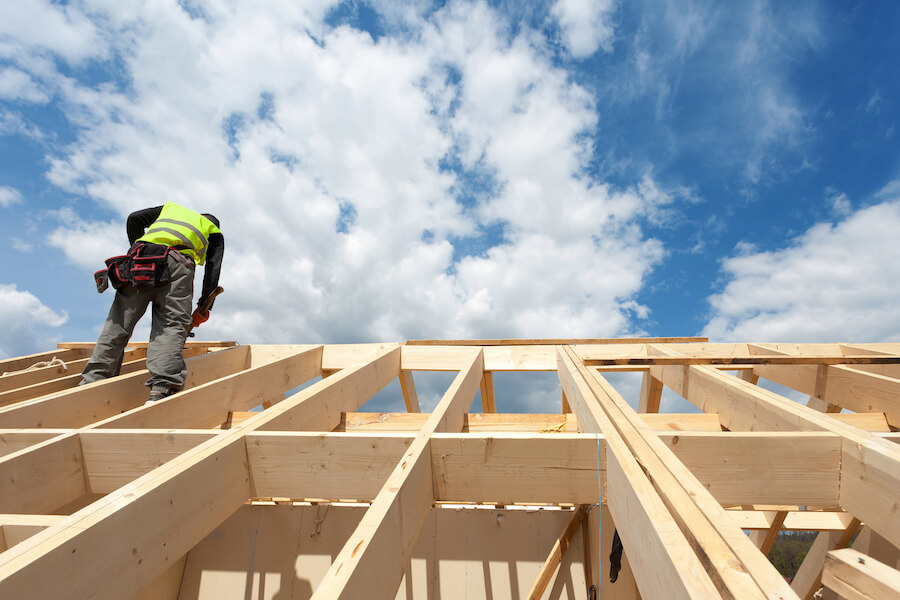Eco-friendly living is no longer just a trend, it’s a way of life for lots of environmentally conscious Aussies.
Australia’s fast population growth, the property boom and environmental concerns have tipped Australians into a new ‘normal’, encouraging greater awareness of sustainable living and an increasing preference for sustainable housing.
If you’re building your own home, incorporating sustainable solutions isn’t a costly challenge. In fact, eco-friendly buildings can benefit the environment whilst saving you money. These buildings are also significantly cheaper to run and can provide savings for your energy bills.
Eco-friendly construction starts with intelligent design, strategic thinking and smart material choice. Here are our top considerations when setting out to build a sustainable home.

Topics in this article:
Choose an eco-friendly builder
Your choice of builder and designer are critical to the entire process.
The first step to finding an eco-friendly builder is to check their credentials. Builders under Master Builders Australia (MBA) and the Housing Industry Association (HIA) are trained in sustainable practices. Check their website listings, the builder’s website and references to ensure credibility and customer satisfaction.
Training completed through the MBA and HIA is a positive step in the right direction. However, that doesn’t guarantee the green tick of approval. Certified green building professionals can be found at greenbuilding.org and through Green Building Council Australia.
The government is also pushing sustainable development, where additional information can be found on design and construction processes, site selection and choosing homes off the plan.
Tip: If this is your first home, you can apply for the first home owner grant. The maximum amount varies between states – find out how much you’re eligible for.
Don’t underestimate the power of passive design
If you can use the existing site and environment to your advantage, why wouldn’t you?
Passive design forces you to think creatively about space. Factoring in the orientation of your home, window placement, shading and insulation. Good passive design allows you to benefit from the surroundings to maintain a comfortable temperature in your home.
Houses that implement passive cooling, heating and design can reduce energy use by 40 per cent.
Homeowners should start with their windows, as they’re the worst culprit when it comes to heat gain and loss. The use of heating and cooling units can also be minimised through solar window film and double glazing.

Use sustainable materials to cut costs
Locally sourced, sustainable materials are key to driving down building costs and making your home eco-friendly.
These materials are-
- Recycled or reused: Recycled materials are reprocessed vs reused materials which are whole building features, such as windows, flooring and doors.
- Sustainably harvested: Usually, wood that’s sourced from well-managed, certified forests.
- Renewable: Bamboo is a sustainable material that renews quickly for example.
- Locally sourced: Materials that are sourced locally reduce long-distance freight costs.
Many traditional building materials are bad for the environment because of the waste-disposal problems and harmful toxicants including Volatile Organic Compounds.
Fortunately, there are alternatives which save on construction time and money and reduce your carbon footprint. These materials, when combined with the latest technology, can also offer higher durability and strength than traditional materials.
Biodegradable products are also being produced with reduced energy costs, resulting in less pollution.
Tip: Choosing the right materials and building features offer greater opportunities for cost savings and energy efficiency. For example: installing solar window film and LED lights can help cut down electricity bills long term.

Incorporate sustainable building features
Green roofs, energy-efficient windows, solar panels, greywater systems, water tanks and prefabricated construction are effective features to improve your home and its performance.
Green roofs and green walls in urban areas are ideal for adding insulation, cooling your home, promoting healthier air flow and migrating the heat. They also add natural beauty.

Prefabricated construction is another top sustainable building feature.
According to BuildSoft, prefabricated construction is expected to grow by five per cent every year. Modular homes, an example of sustainable building techniques, are built off-site in a controlled environment.
In comparison to traditional construction, sustainable principles are applied to every aspect of modular design. This quality control, as well as faster turnaround times and cost-effectiveness, have positioned prefabricated solutions like modular homes an ideal example of building green.

Choose quality over quantity
Although building a home with sustainable materials and features may be more cost-effective, it’s important to invest in items that’ll last.
Building a sustainable home is about being resourceful with what you have. It challenges you to live consciously every day and make worthwhile investments for both your pockets and environmental health.





personally i really like this post, thank you for sharing this type post, with us